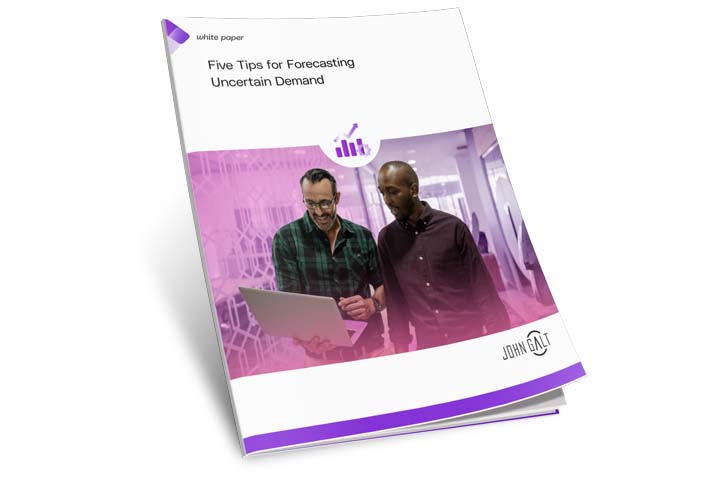It’s a simple fact that optimizing our supply chains depends on the ability to anticipate future events. Our effort to predict these events results in a forecast whose level of accuracy either grants us the power to profit or drains our ability to compete.
Effective demand forecasting is a demanding activity based on a branch of mathematics - statistics - that’s nonintuitive to most laymen. Gartner’s supply chain benchmarking research shows that best-in-class companies can achieve forecast accuracy of eighty percent or higher. Given that no forecast made without a crystal ball is ever perfect, eighty percent sounds very good. But organizations of all sizes and maturities, buffeted by uncertain demand patterns, volatile market forces, complex dependencies, and other factors, find reaching that level of accuracy to be a tall order. Is it realistic to strive for that standard of excellence? The answer is yes, for two simple reasons: it helps us realize more of our actual sales potential, and it prevents us from squandering resources on overprovisioning and overbuilding.
So, as we commit ourselves to become better at forecasting, let’s consider what that will demand of us. For starters, general rules of thumb work even less well today than they used to. Given the increasing instability in global supply chains, our demand history is less likely to repeat itself predictably. We’ll have to be agile in the face of unforeseen disruptions and disturbances. The way forward will be shaped by sophisticated analyses of internal and external data signals that detect patterns in consumer behavior and shopping habits, coupled with smart extraction of relevant guidance from the historical sales data we have available to us.
The following white paper outlines five strategies to help you achieve demand planning excellence and ensure you put your best foot forward.

